The Mercedes-Benz S 580e is a puzzling sedan. On the one hand, this imperious plug-in hybrid (PHEV) offers 90 km of electric range and even a green license plate for solo blasting down the carpool lane. On the flip side, the S 580e hangs on that awkward bridging point between full combustion and full electrification, bookending where Mercedes has already established effective offerings. In essence, this PHEV is designed for those who aren’t ready to fully commit, but appreciate the safety net of both power sources to mitigate range anxiety and appease their eco-conscious minds.
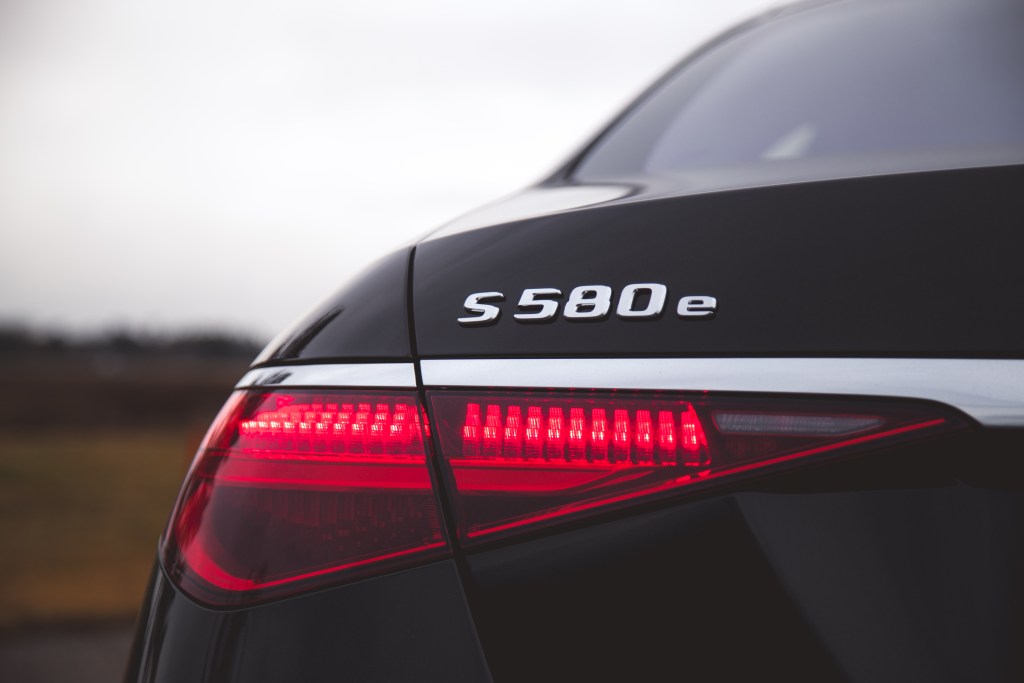
But why bother? If efficiency is a priority, consider the fully electric EQS 580 Sedan, which offers a remarkable 547 km of guilt-free range. Okay, you don’t want to jump ship to electric just yet. Fine. Mercedes also offers a base model, the S 500 ($143,000), with a mild-hybrid inline-six engine that accelerates faster than the S 580e. PHEV luxury sedans are living in rarified air at the moment, with their only real competitors being the Volvo S90 Recharge, Porsche Panamera Turbo E-Hybrid, and Bentley Flying Spur. Every other automaker has skipped the PHEV route and invested their beans into a fully electric offering instead.

But there is value to be found, and that depends on how you drive the S-Class. It helps that the S 580e ($155,600) costs the same as the V8-powered S 580 ($155,800), but there are stark differences. Up front, the S 580e utilizes a turbocharged 3.0-litre inline-six paired with a 21.5 kWh lithium-ion battery, good for a combined 510 horsepower and 553 lb-ft of torque. Of course, those combined numbers never tell the full story, and never feel like their equivalent combustion-driven outputs. But it’s enough to launch the S 580e from 0-100 km/h in 5.1 seconds, two-tenths slower than the S 500 and seven-tenths slower than the S 580.
The S 580e delivers decent low-end acceleration, but it progresses to a more glacial pace once in triple-digit territory. The electric motor tags in seamlessly to assist, playing a supporting role behind the scenes and ensuring no intrusion. Nevertheless, the powertrain is not nearly as smooth or quiet as the V8. It lacks that layer of polish and the bandwidth of the latter, and there’s a noticeable and unpleasant whine when the six-cylinder wakes up from its slumber, nicking away from the upscale atmosphere. We also discovered poor low-speed gear transitions when crawling to a halt, but this was infrequent. The brakes could use some work. The pedal becomes mushy and springy, the harder it’s depressed, making it difficult to modulate a smooth stop, which is not what’s needed for a luxury limo destined to ferry elite passengers. Non-PHEV S-Class models do not have this issue.

As with many PHEVs, their fuel efficiency is undeniably effective. On an empty battery, we averaged 6.0 L/100km on the highway, and 10.1 with a mix of city and highway. In comparison, the V8-powered S 580 we tested two years ago yielded 15.0 L/100km over city and highway. A full battery charge lasted us 70 km under frigid ambient temperatures and with the cabin heaters and heated seats on.
We find it peculiar that the S 580e can only be topped up with a Level 1 charger (11 kW), which is equivalent to a standard AC outlet plug, meaning you can’t quickly juice it up at public fast charging stations. Plugged into the wall, it takes up to 2.25 hours to achieve a full charge from 10%, ample time for overnight charging. That makes the S 580e a viable zero-emission mode of transport if long commutes are out of the question, or if you have access to charging at work as well. What we discovered later was that a 60kW DC charging outlet is optional but for $650. It takes only 20 minutes to charge but we’re perplexed as to why it’s not standard fare.
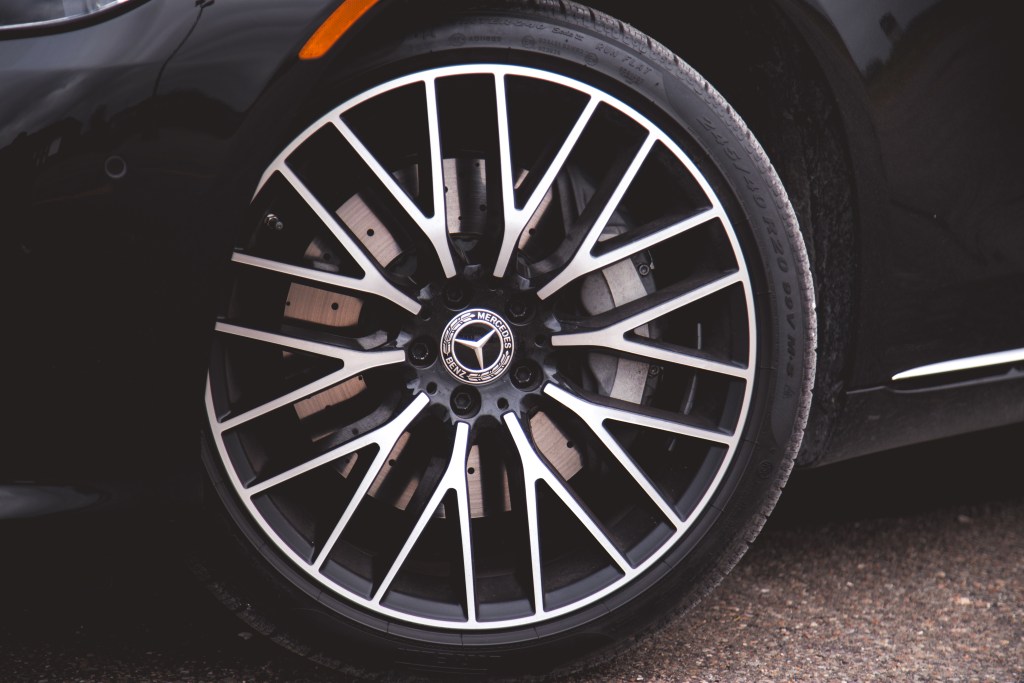
Like any S-Class, the ride is what sets it apart and we’re glad to report that this heavy PHEV variant is no different. Unlike the BMW 750i, Porsche Panamera, or Audi A8, the S 580e rides with regal composure, the adaptive air suspension negating even the harshest vertical oscillations and muting out all unwanted movement and noise. There aren’t many vehicles that ride smoother than this, and the ones that do cost much more: Bentley Continental and Rolls-Royce Ghost. Unlike the higher-riding EQS SUV or GLS, you do not have to treat the S 580e like a nautical craft but no matter the tech, this is not a limousine masquerading as a sports car. Leave that to AMG.
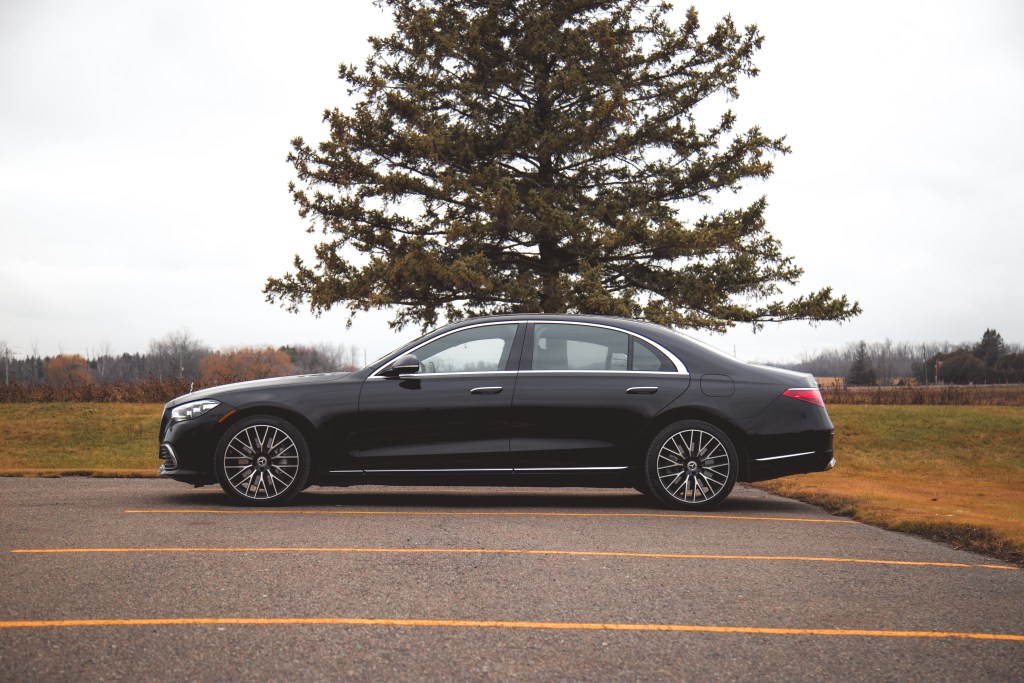
Black on black isn’t the most exciting way to spec your S-Class but it is the most popular. Over time, we have come to appreciate the look of this latest-generation model. While it can be irritatingly difficult to differentiate an E-Class or CLS-Class from a distance, there are some standout cues, such as the pop-out door handles and three-slat front grill. Every S-Class now offered in Canada is a long-wheelbase model only, but the elongated roofline only enhances its proportions. We adore that silver star perched on the front hood, like the estates of old, and we hope this ornament endures. It adds such class and stature to any Mercedes on the road.

The cabin is dominated by leather and digital elements, with every surface crafted from high-quality materials, including the glovebox panel. The plastic gear column stalk that we’ve heavily criticized before has been manicured over to appear more polished, and we highly recommend opting for the wood-trimmed steering wheel. Not only does the heated wheel function warm up your hands faster than a leather surface, but it also offers better physical grip.

The center console swoops down elegantly like a waterfall and the S-Class’ larger dimensions slightly remedy the awkwardness of the storage situation compared to the smaller C-Class, but it’s still not ideally or ergonomically shaped. On the bright side, the heated seats are probably the quickest heating we’ve ever experienced in a vehicle, taking only a minute to feel the warmth through your pants. Further, the windows are made from infrared-reflecting glass, so the shade of visual colour seeping through the windshield and windows can differ depending on the sunlight. Neat.

And as great as the front cabin is, the real throne of an S-Class is in the back. However, that comes with a significant caveat. It depends on what options you tick. When fully loaded, it’s endowed with every creature comfort available, from fabric headrest pillows and padded seatbelt airbags to illuminated seatbelt buckles and a removable tablet that controls the sun blinds and massaging seat functions. There’s even an extended seating position for the passenger side, much like in the BMW 750Li, Lexus LS 500, or a 787 business class seat. Pressing the button on the door panel will push the front seat forward while a footrest extends from beneath. Skip those packages, and it will be as bare as can be.

The S 580e is an esoteric choice for those not yet willing to fully commit to EVs, and is supported by easy home charging and small but meaningful gains in fuel efficiency. Mercedes has blended mechanical and electronic wizardry with aplomb, but the S 580e lacks that thick layer of polish, refinement, and quietness that the non-PHEV models achieve so well, leading us to strongly prefer the V8-powered S 580 instead.
Specifications:
Model: 2023 Mercedes-Benz S 580e LWB 4MATIC Sedan
Paint Type: Black
Base Price: $155,600
Price as Tested: $176,400
Length/Width/Height (mm): 5,280 / 2,110 / 1,504
Engine: 3.0-litre turbocharged inline-six, 21.5 kWh lithium ion battery pack
Horsepower: 369 hp (gas) + 148 hp (electric) = 510 combined hp
Torque: 369 lb-ft torque + 354 lb-ft (electric) = 553 combined lb-ft
Transmission: 9-speed automatic
Engine & Drive Configuration: Front engine, AWD
Observed Fuel Consumption (L/100km): 10.6
Claimed Electric Range: 90 km
Observed Electric Range: 70 km
Tires: 245/40R20; Pirelli Sottozero
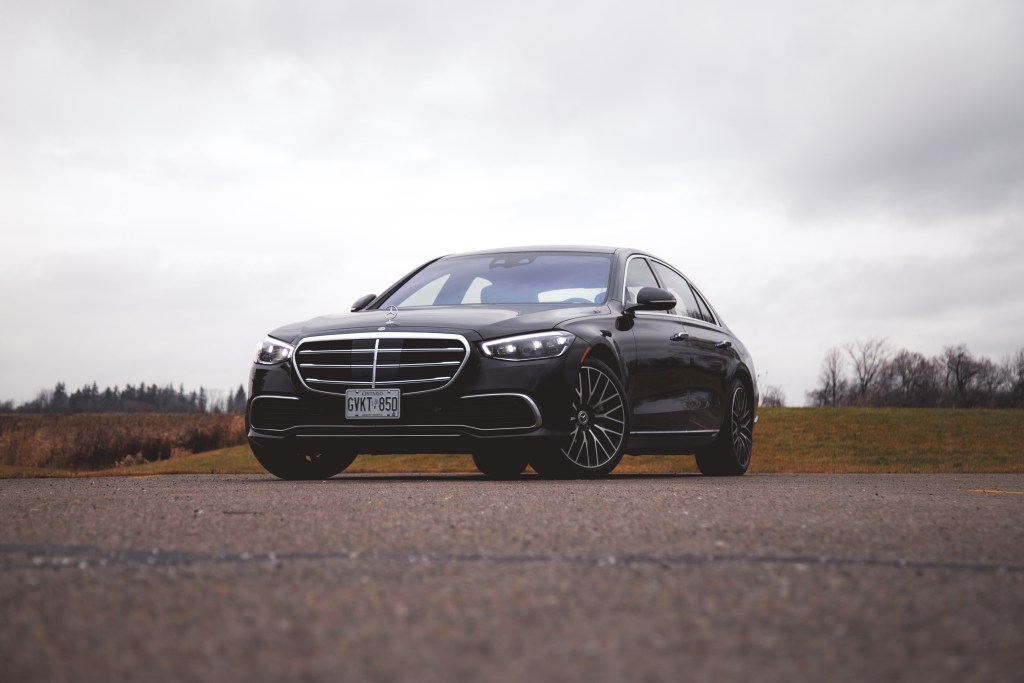
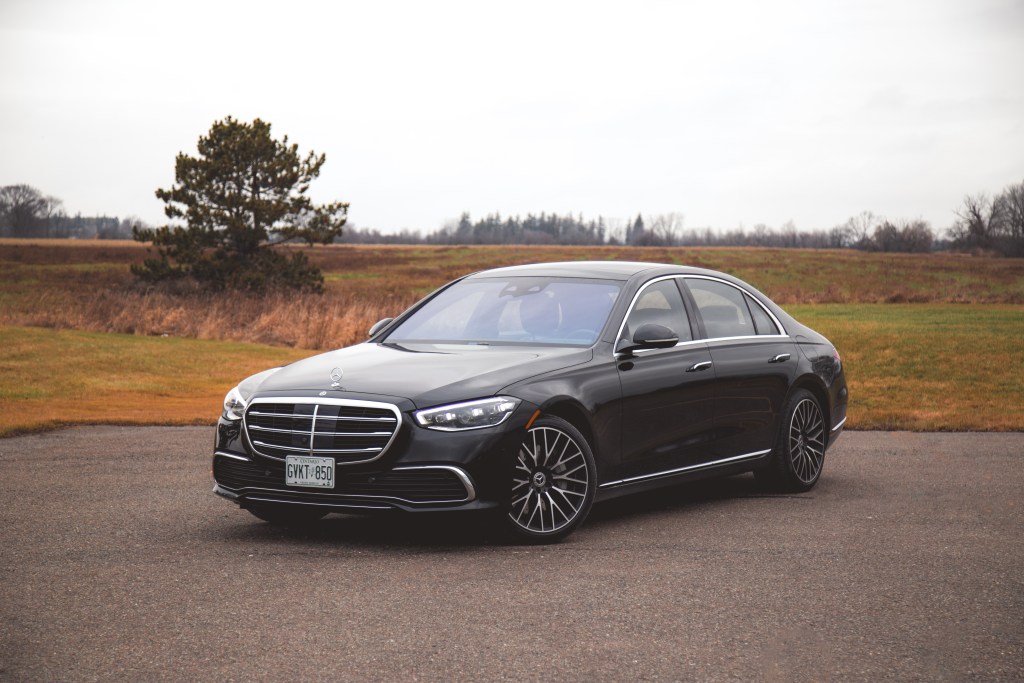



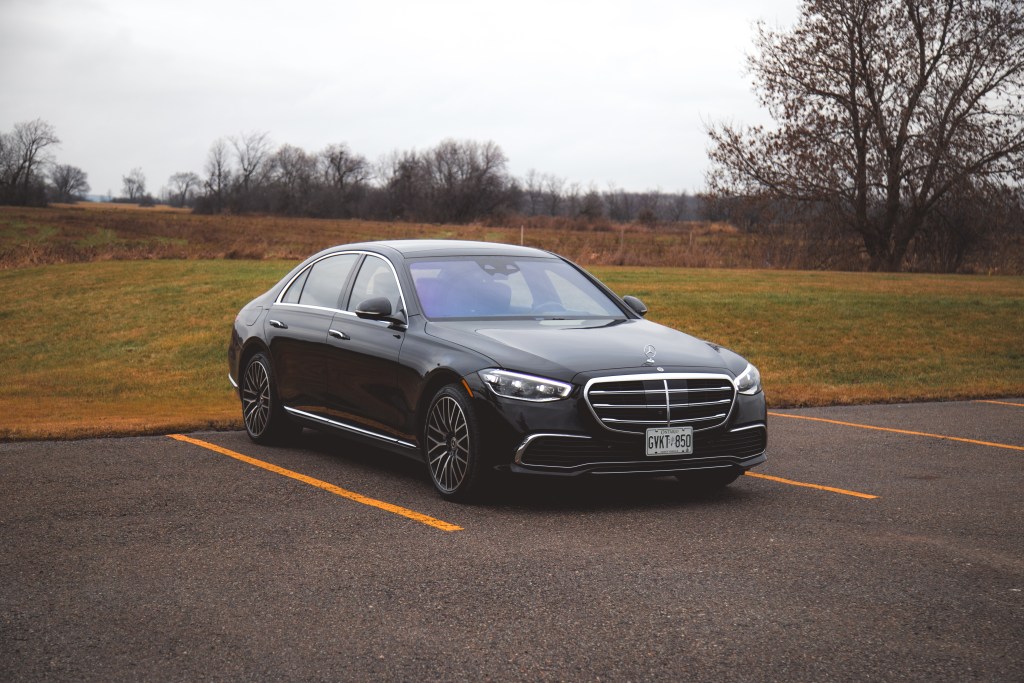








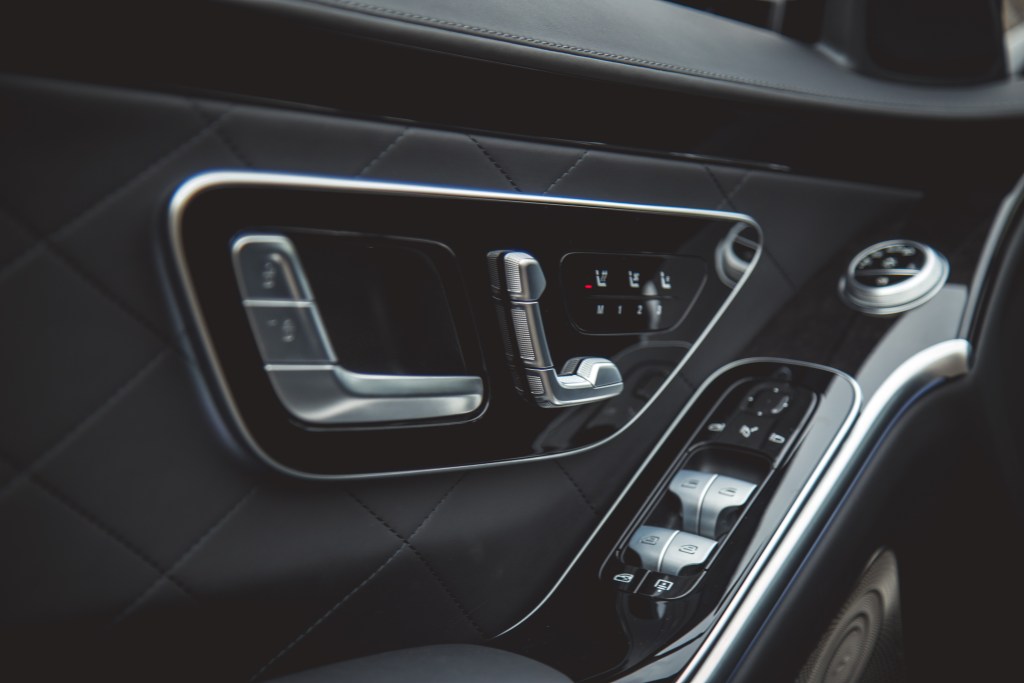

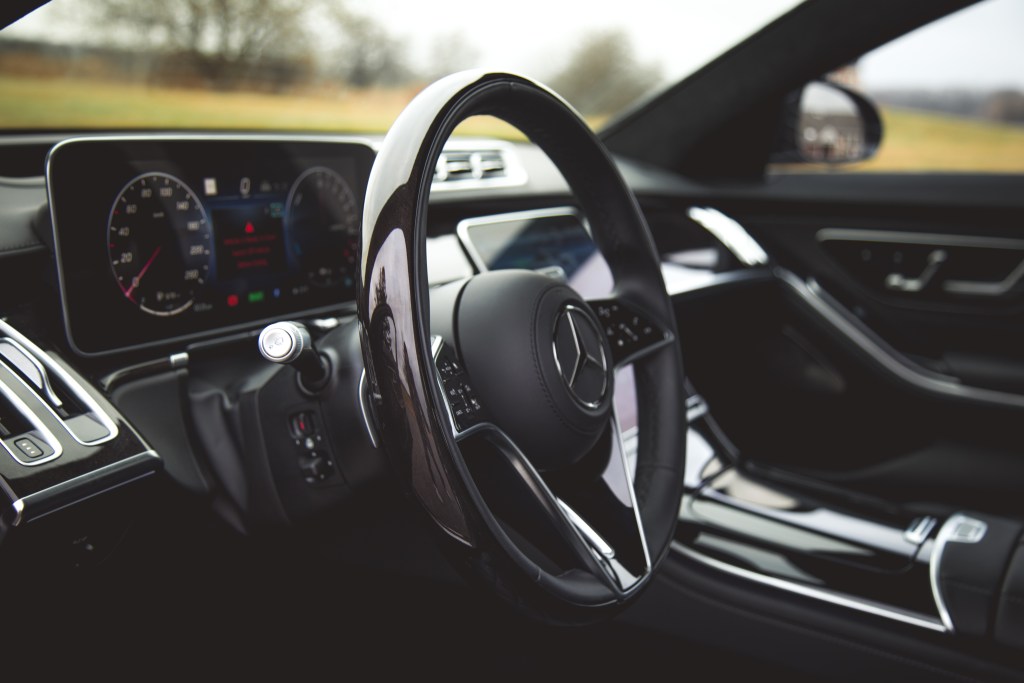





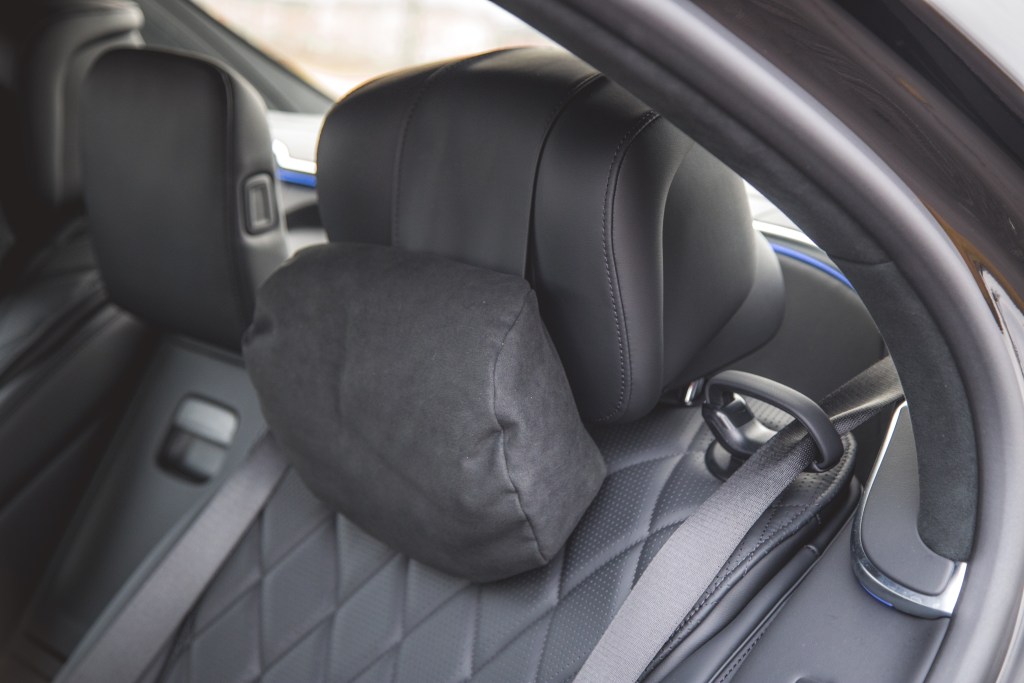


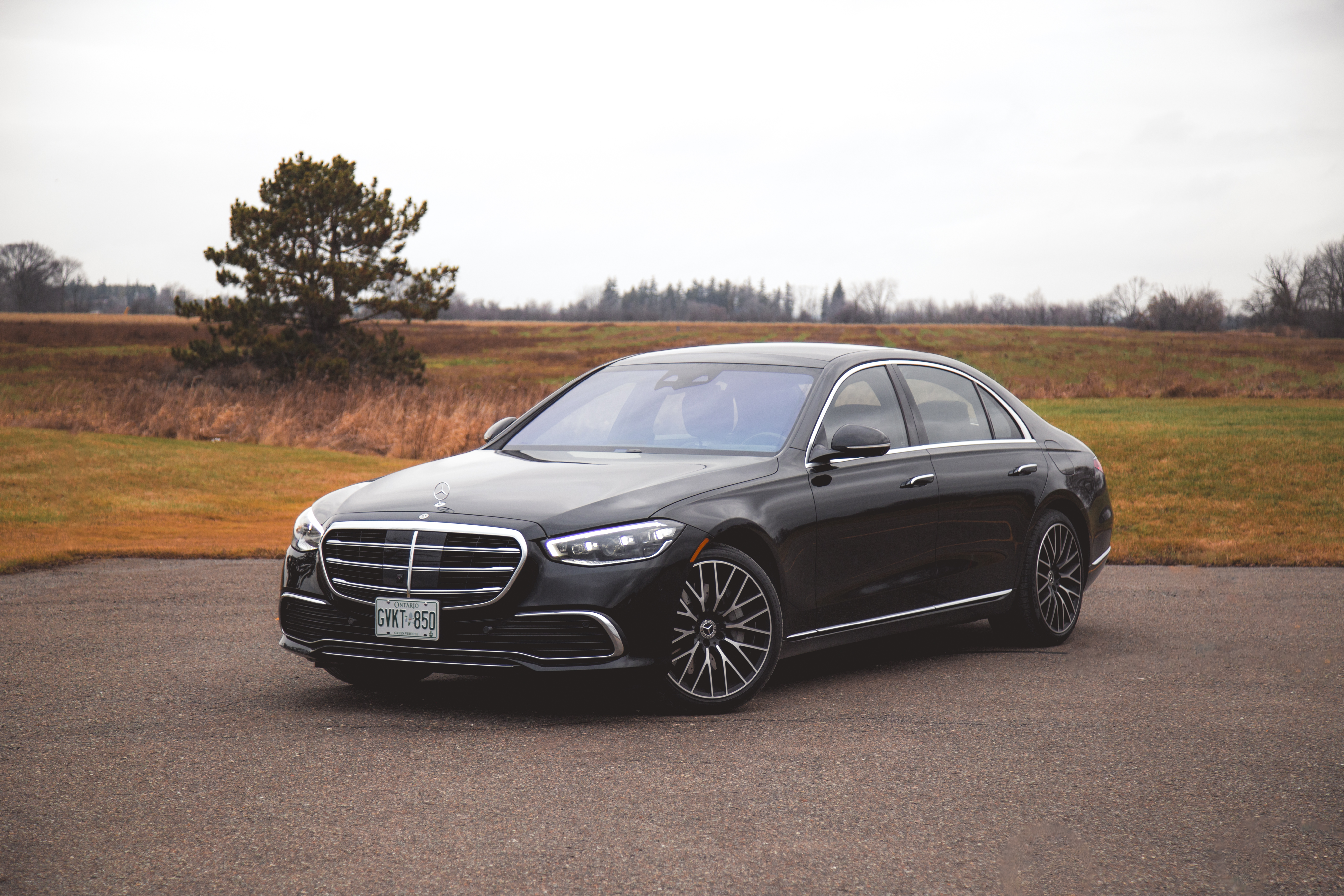


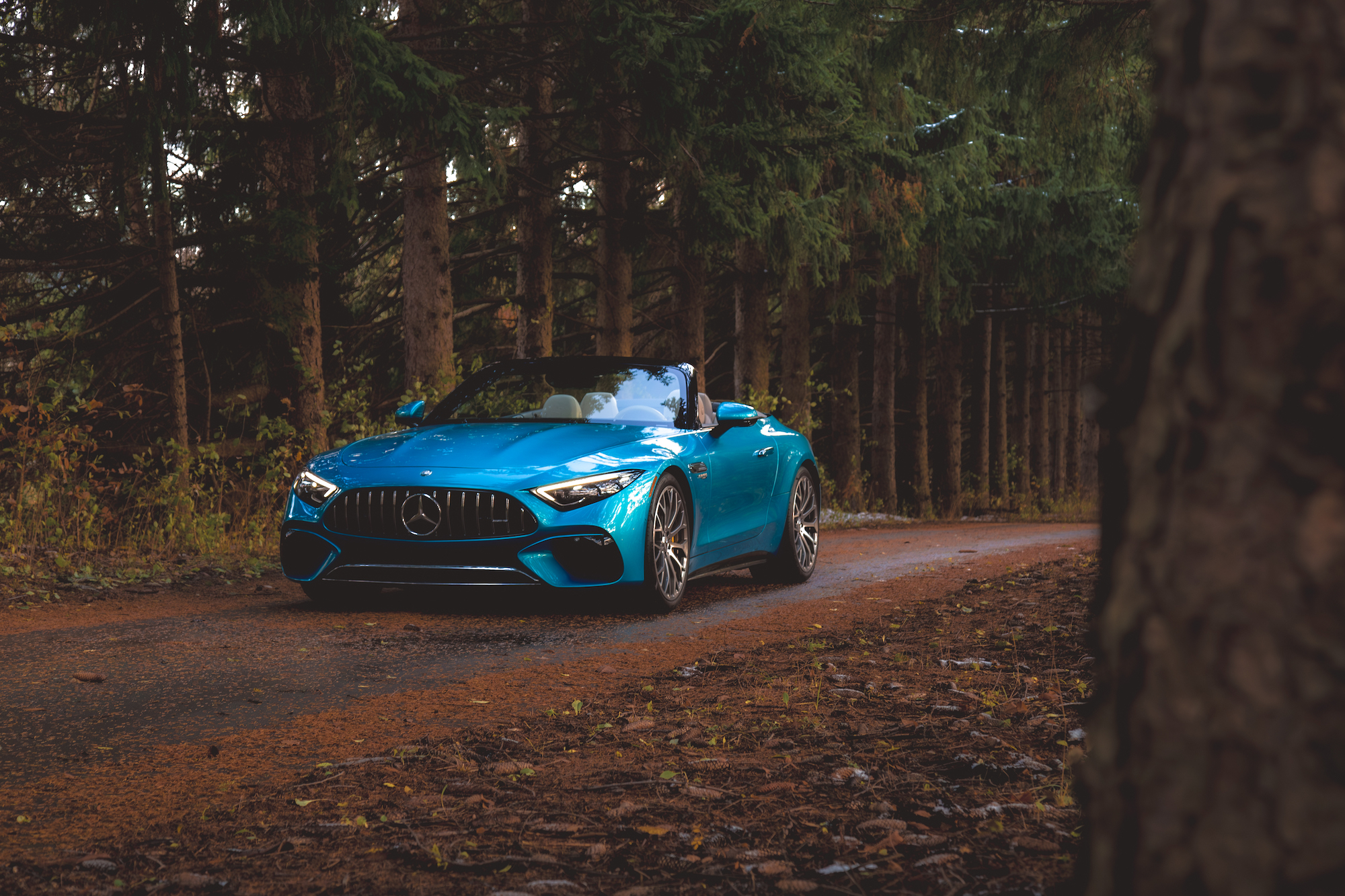

Leave a Reply